
| Theme: 10AA Surgery | |||
 |
||||||
| Maintaining surgical skill competencies in developing countries |
 |
|||||
|
||||||
The Gorilla Doctors, are a group of veterinians, who are responsible for treating the traumatic injuries in the Mountain Gorillas. The Mountain Gorillas are an endangered species located in Rwanda, Democratic Republic of Congo and Uganda. Advanced surgical skills are needed to treat complex lacerations, extremity strangulations and amputations which occur as a result of snares. Enhancing the surgical knowlege and technical skill set of these veternarians was the focus of our project.
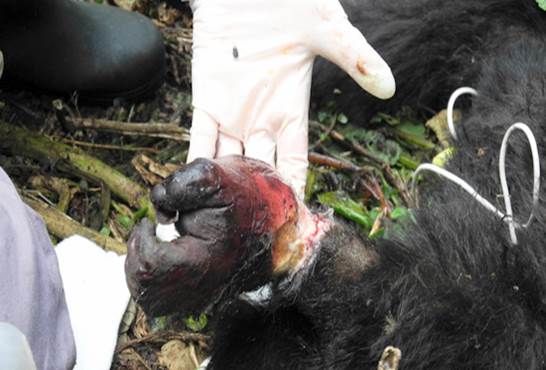
A one day seminar was conducted with the Mountain Gorilla veterinarians . A needs assessment was performed to identify opportunities for improvement in the care of these complex injuries. Areas identified included congnitive and technical aspects of the surgical repair of these injuries.
We designed a one day program of instruction that included 4 hours of didactic education and surgical case management; and a 4 hour surgical skills practicum. Surgical skills were taught on a “hands on” simulation model. The specialized suture pads mimic texture and tissue handling were used for demonstration and hands on practice. Suturing, knot tying, surgical incision, tissue/instrument handling, and hemostasis techniques were practiced. We allowed the particapants to keep the suture training pads which were taken home for continued practice.
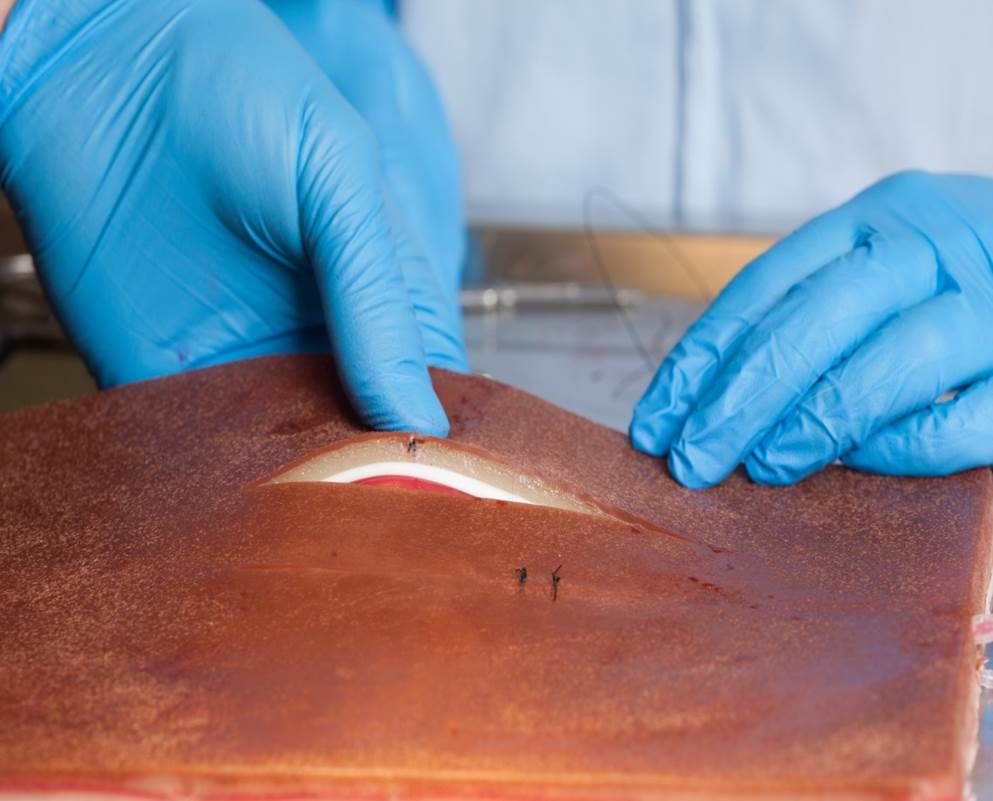
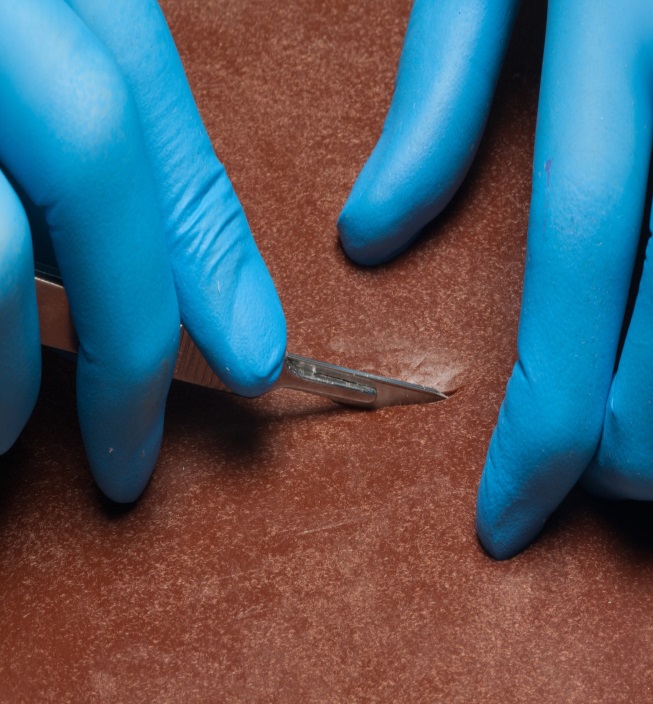

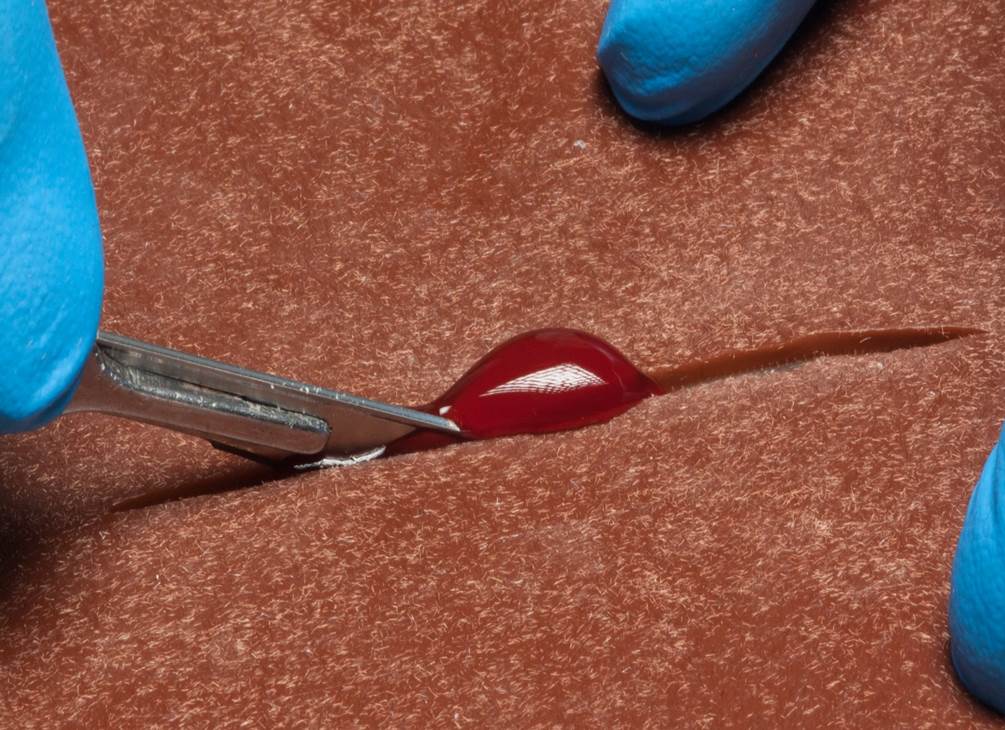
Fifteen veterinarians completed the program. Two board certified veterinarians led the training session. Special emphasis on surgical technique was stressed and demonstrated on the surgical pad. Participants felt the artificial tissue closely approximated that of the gorilla adding to the realism of the training session. The exit interview provided the information that participation in the program improved both the cognitive and technical surgical skill proficiency. Feedback from the participants highlighted the importance of the one on one and small group surgical exercises during the program. The opportunity to take home the surture pad proved to be extremely important to the partcipants. The surgical pad was given to each veternarian at the course conclusion allowing them to continue to practice their surgical skills.
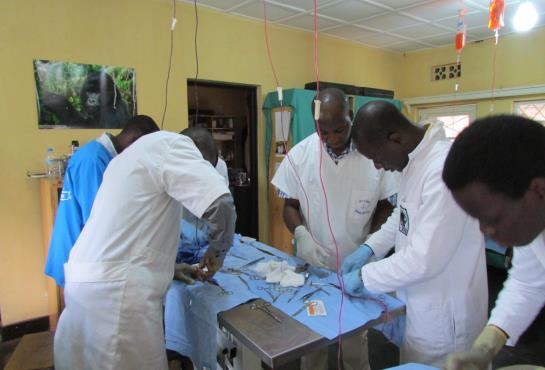
Optimum learning was achieved by tailoring the program to the veterinarian’s level of skill, covering applicable content, repetition of surgical skills, hands on practice and the opportunity for continued practice with the models at home. Immediate feedback allowed for improved performance. The tailored surgical skill program provides an efficient, knowledge building process allowing for the transition to the practice environment.
With limited materials, motivated educators and dedicated practicioners, veterinarians in developing countries can maintain surgical skill competencies by participating in a focused curriculum which targets their specific needs and provides hands on surgical practice.
1.Auer, J.A., Stick, J.A. Equine Surgery. Saunders, missouri. 2006.
2.Turner, S.A., McIlwraith, C.W. Techniques in Large Animal Surgery.Philadelphia, secpnd edition. 1989.
3.McKay, W.J., ratner, D.. Suturing Techniques. Available at http://emedicine, Medscape.comm/article/112824 overview, accessed April 11, 2012.
4. Anerson, RM., Romfh, R.F. Technique in the Use of SurgicalTtools. New York, Appleton-Century. 1980.

 Send Email
Send Email